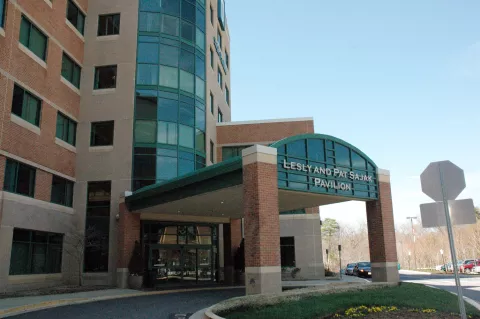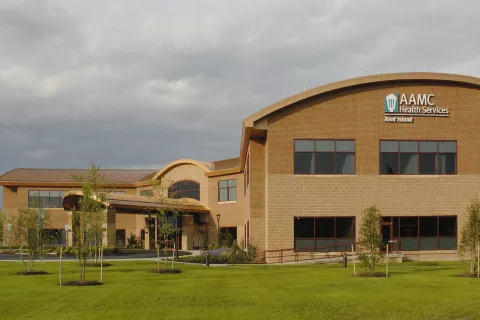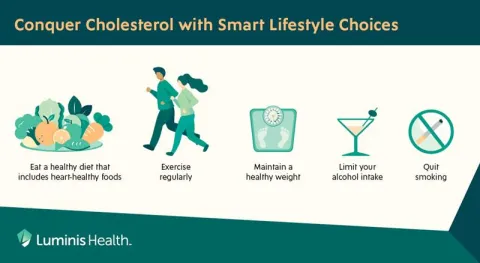A CT scan is an imaging technology to see inside your body. CT scans can show bones, joints, organs, blood vessels — pretty much everything!
CT scans can reveal the cause of your symptoms. They can find problems in the body before they cause any symptoms. They can also help doctors see whether cancer is going away with treatment.
How Does a CT Scan Work?
CT imaging uses radiation beams to produce images. Tissue, bone and other structures in the body absorb the radiation in different amounts. A computer analyzes the radiation beams as they pass through to the other side to form images.
While an x-ray uses a single radiation beam, a CT scan takes that x-ray beam and moves it in a circle around the body. This is why CT machines are doughnut shaped. CT scans capture more detailed, 3D images, compared to x-rays.
Besides diagnosing a broad range of conditions, CT radiology scans are useful for people without symptoms. They can reveal early signs of heart problems and lung cancer, and help you avoid a health crisis.
CT Scans Can Help You Reduce Your Heart Attack Risk
Just like plaque can build up around your teeth, plaque can build up in the arteries. But the consequence is much worse — plaque in the arteries can cause heart disease and heart attacks.
Calcium scoring uses low-dose CT technology to see the arteries in the heart. The radiologist can then measure the amount of calcium in the arteries. Calcium is an important part of plaque.
If you have a moderate to high calcium score, your doctor may recommend medications as well as lifestyle changes.
CT Scans Can Find Lung Cancer Early
America's top lung experts recommend low-dose CT lung screening for long-term or heavy smokers between ages 50 and 80. This gives doctors a chance to find lung tumors when they're small and contained to one area. For cancer, early detection is good. Doctors can use less intense treatments. And treatments are much more likely to work when we find cancer early.
How do you know if you smoke enough to need lung screening? Multiply your average number of packs in a day by the years you've been smoking. If you get 20 or more, you qualify. (As an example, someone who smokes a pack a day for at least 20 years should check their lungs. So should someone who smokes a half pack a day for at least 40 years.)







